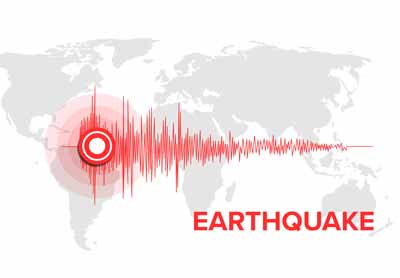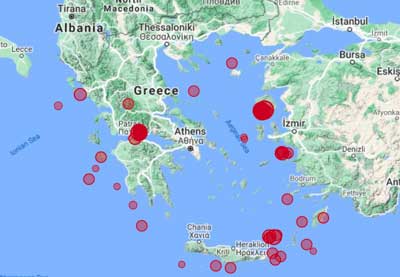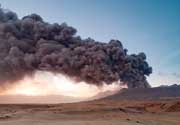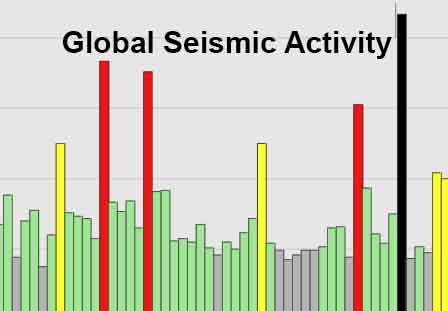You tried to access the page:
.
You can try to reload it by clicking the link - in most cases, the server will have created it by now.
If you continue to get errors, we appreciate if
you let us know.
You can still look around at other pages on this website.



